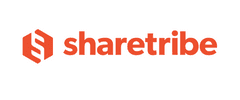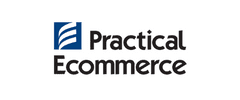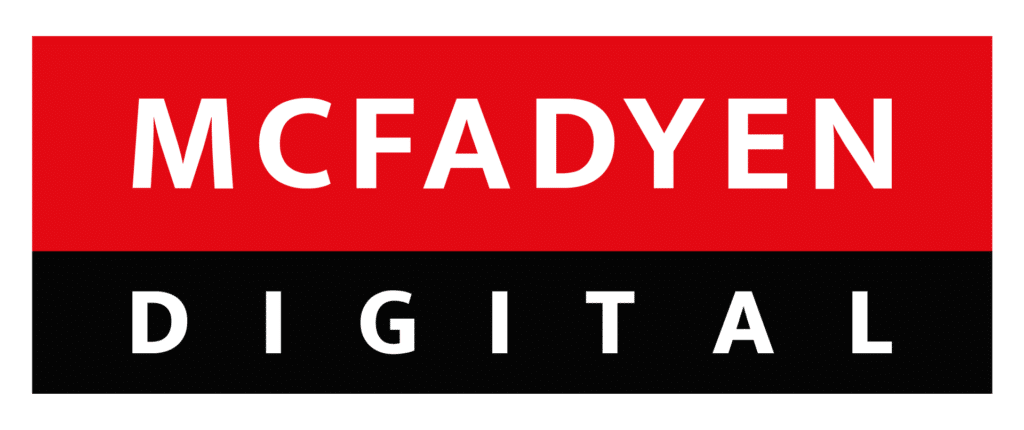
Welcome to the 39th edition of our newsletter. We had a wonderful time at NRF last month. So it’s official Amazon is now 25% of U.S. eCommerce as per the latest data from eMarketer. This 25% consists of millions of businesses that sell through Amazon rather than, or in addition to, selling directly online. eMarketer data suggests that Amazon accounted for 41.4% of all U.S. e-commerce sales in 2021. More details in our story from Marketplace Pulse. The vast majority (83%) of power shoppers in the U.S. believe that online marketplaces are the most convenient way to shop, according to the Mirakl survey. The same study states that U.S. power shoppers conduct 50% of their online shopping through marketplaces, versus 43% for the average U.S. consumer. Mirakl categorizes “power shoppers” as consumers that shop online once a week or more or a group that tends to be retailers’ most frequent and highest-value customers. The story from Retail Touchpoints has more information. Forbes story tells why eCommerce leaders are doubling down on digital. Target and Walmart are bringing in many digital-native brands into the physical store. This is because they recognize these high-growth digital brands as where the growth is coming from. This is why winning the ‘digital shelf’ is essential. But organizational silos, shortsighted goals, and risk aversion are barriers that stop retailers from truly embracing digital initiatives. For most marketplace startups that want to go bootstrap, the critical question is “how.” In this Sharetribe article, CEO Juho discusses an approach familiar to most early-stage marketplace founders: self-funding. Bootstrapping a marketplace business requires painstaking effort and many considerations. Most importantly, it needs you to need to be mindful of your spending and creative in your approach to earning early revenue. Read this and more in this week’s edition.
Notable news from the past week

Amazon Marketplace is 25% of US E-commerce
Twenty-five cents of every dollar spent shopping online goes to the Amazon third-party marketplace. Were Amazon’s marketplace an independent platform, it would be the largest online retailer in the U.S. Amazon marketplace has a roughly 25% market share of the total U.S. e-commerce spending. According to eMarketer data, Amazon accounted for 41.4% of all U.S. e-commerce sales in 2021. Because the marketplace accounts for at least 60% of Amazon’s GMV, it nets 25% as its share of U.S. e-commerce.

Study: Why Marketplaces Attract Valuable ‘Power Shoppers’
Today’s online shoppers have become accustomed to a wide selection of in-stock products at competitive prices that can be delivered in a matter of days. It’s a high bar. Given that many of these expectations were first set by customers’ experience with Amazon, it should come as no surprise that third-party marketplaces have become a key tool for many retailers to meet these consumer demands. Kroger, Bed Bath & Beyond, Michaels, Hudson’s Bay and Macy’s are just a few of the retailers that have waded into the marketplace waters recently.

As Physical Retail Resurges, These eCommerce Leaders Are Doubling Down On Digital
While some shoppers are flocking back to stores, the idea that the pandemic has irreversibly changed shopping behaviors still appears to have merit. To compete with pure-play eCommerce giants like Amazon, retailers invested heavily in digital capabilities throughout the pandemic. These investments include at-home delivery or in-store pickup models, launching their own marketplaces, and launching their own retail media programs.

Marketplace Funding: How to Bootstrap Your Marketplace
Reaching product/market fit already requires some capital, which often comes from the marketplace founder’s pocket. This process of self-funding is commonly referred to as “bootstrapping.” This post from Sharetribe throws out some strategies for successfully bootstrapping a marketplace business and discusses what every bootstrapper needs to consider. It starts by briefly listing the situations where bootstrapping is the right choice for a marketplace business.

27% of Businesses Wait up to 3 Days for Payments From Online Marketplaces
Online marketplaces may have created digital refunds and other disbursement processes for their consumers, but many seller payments are still conducted with the same outdated, time-consuming methods that they seem to always have used. As a result, most sellers often find themselves facing waiting a long time to receive outstanding payments from their marketplace sales. In fact, 27% of them say it takes two to three days for them to receive outstanding payments from digital marketplaces, according to the “Disbursements Tracker,” a PYMNTS and Ingo Money collaboration.

Salesforce Moves Toward Marketplace Solution with Acquisition
Salesforce is purchasing a Brazilian e-commerce technology company in an effort to increase its online marketplace management functionality. The enterprise CRM platform provider has signed a definitive agreement to acquire Atonit. Built on the Salesforce platform, Atonit offers a marketplace management solution designed to enable brands to build and scale an online marketplace and provide infrastructure (such as reviews, payments, or messaging) to facilitate a transaction.

When Retailers Are Ad Platforms
Numerous large retailers now sell ads on their own ecommerce sites. The ads use first-party transactional data to target consumers with products on the retailer’s site or the advertiser’s. Amazon was among the first to popularize the idea of a retail ad network, but in 2022 many enterprise retailers sell ads, including Walmart, Target, Home Depot, Kroger, CVS, Walgreens, and Wayfair.
To subscribe to the Ecommerce & Marketplaces Newsletter, please complete the subscription form on this page (either to the right or below this article, depending on device). If you have any suggested content for this newsletter or would like to discuss evolving your organization’s digital commerce, please write to us at info@mcfadyen.com.
Related Articles
Turn Insight Into Impact.
Start Today.




